When you are in water, you float. Astronauts in space float, too. Because floating inwater is like floating in space, astronauts spend many hours under water preparing forspace missions. Do you know why astronauts float in space?
1

2
Technology and Early Space Travel
You have lived your entire life in the space age. Most people consider the launch ofSputnik I in 1957 by the former Soviet Union to be the beginning of the space age.Sputnik I was the first artificial satellite sent into orbit around Earth. An artificial satelliteis any human-made object placed in orbit around a body in space. Today, hundreds ofartificial satellites operate in orbit around Earth. Some artificial satellites arecommunication satellites. Some observe Earth. A few observe stars and other objects indistant space.
Escaping Gravity
How do artificial satellites and other spacecraft reach space? You know that when youjump up into the air, you land back on the ground because of Earth’s gravity. But if youcould jump fast enough and high enough, you would launch into space! Only a rocketcan travel fast enough and far enough to escape Earth’s gravity. A rocket is a vehiclepropelled by the exhaust made from burning fuel. As its exhaust is forced out, the rocketaccelerates forward, as shown in Figure 1. Most rockets that travel long distances carrytwo or more tanks of fuel to be able to travel far enough to escape Earth’s gravity.
4
Robotic Space Probes
The Moon is the farthest object from Earth that humans have visited. However, scientistshave sent robotic missions to every planet, as well as to some moons, asteroids, dwarfplanets, and comets. A space probe is an uncrewed vehicle that travels to and obtainsinformation about objects in space. Examples of the three main types of space probesare shown in Figure 2. Probes do not return to Earth. They are equipped with camerasand scientific instruments that transmit data back to Earth.
There are many reasons to send probes instead of people into space. It costs less andis often safer to send probes. Also, objects in space are very far away. A visit to Marsand back would take more than a year. A round trip to Saturn could take 15 years.Robotic missions are dangerous, too. Only half of the missions sent to Mars have beensuccessful. Space probes that do arrive at their destinations experience harsh conditionsand often do not survive long.
The National Aeronautics and Space Administration (NASA) is the U. S. governmentagency responsible for most space missions and space-flight technology. Other nationsalso have space programs. Astronauts from more than 30 countries have traveled tospace, and several countries have sent robotic missions to the Moon and beyond.
1. Key Concept Check How do space probes help scientists explore space?
Figure 2 Some space probes pass by an object. Others land on the surface.
 Visual Check Which probe would transport a rover, a craft that moves on thesurface of an object?
Visual Check Which probe would transport a rover, a craft that moves on thesurface of an object?
1
ACADEMIC VOCABULARY
transmit
(verb) to send something from one person, place, or thing to another
(verb) to send something from one person, place, or thing to another
Challenges for Humans in Space
When astronauts travel into space, they must bring their environments and life-supportsystems with them. Otherwise, they could not withstand the temperatures, thepressures, and the other extreme conditions that exist in space.
Solar Radiation
One threat to astronauts is harmful radiation from the Sun. You read that Earth’satmosphere protects life on Earth from most of the Sun’s dangerous radiation. However,as astronauts travel in space, they move far beyond Earth’s atmosphere. They must relyon their spacecraft and spacesuits to shield them from dangerous solar radiation andsolar particles.
Oxygen
Humans need oxygen. Outside Earth’s atmosphere, there is not enough oxygen forhumans to survive. Air circulation systems inside spacecraft supply oxygen and keepcarbon dioxide, which people breathe out, from accumulating. The air humans breatheon Earth is a mixture of nitrogen and oxygen. For short trips into space, spacecraft carrytanks of oxygen and nitrogen, which are mixed into the proper proportions onboard. Forlong trips, oxygen is supplied by passing an electric current through water. Thisseparates water’s hydrogen and oxygen atoms.
1. Key Concept Check What factors must humans consider when traveling into space?
Temperature and Pressure Extremes
Most places in the solar system are either extremely cold or extremely hot. Pressures inspace are also extreme. In most places, pressure is much lower than the pressurehumans experience on Earth. Environmental control systems in spacecraft protectastronauts from temperature and pressure extremes. Outside their spacecraft,astronauts wear Extravehicular Mobility Unit (EMU) suits, as shown in Figure 3. EMUsuits provide oxygen, protect astronauts from radiation and meteoroids, and enableastronauts to talk to each other.
2.  Reading Check What are the purposes of an EMU suit?
Reading Check What are the purposes of an EMU suit?
 Reading Check What are the purposes of an EMU suit?
Reading Check What are the purposes of an EMU suit?
Figure 3 An EMU suit enables an astronaut to spend up to eight hours outside aspacecraft.
Microgravity
You might think astronauts are weightless in space. But astronauts in orbit around Earthare subjected to almost the same gravity as they are on Earth’s surface. Then why is theastronaut shown in Figure 4 floating? As their spacecraft orbits Earth, the astronautsinside are continually falling toward Earth. But because their spacecraft is moving, theydo not actually fall. They float. If their spacecraft suddenly stopped moving, they wouldplunge downward.
The space environment that astronauts experience is often called microgravity. Inmicrogravity, objects seem to be weightless. This can be an advantage. No matter howmuch something weighs on Earth, it can be moved with ease in space. Microgravity alsomakes some tasks, such as turning a screwdriver, more difficult. If an astronaut is notcareful, instead of the screw turning, he or she might turn instead.
On Earth, working against gravity helps keep your muscles, bones, and heart strong andhealthy. But in microgravity, astronauts’ bones and muscles don’t need to work as hard,and they begin to lose mass and strength. Astronauts in space must exercise each dayto keep their bodies healthy.
Figure 4 Astronaut Eileen Collins floats because she is constantly falling toward Earth asher spacecraft orbits Earth.
1
WORD ORIGIN
astronaut
from Greek astron, means “star”; and Greek nautes, means “sailor”
from Greek astron, means “star”; and Greek nautes, means “sailor”
1
 MiniLab: How hard is it to hit a target?
MiniLab: How hard is it to hit a target?

Escaping Earth’s gravity is a challenge for scientists launching rockets. Landing aspacecraft on a solar system object also can be difficult.
1. Read and complete a lab safety form.
2. Use tape to make a circle about 2 m in diameter on the floor. At the center, make atarget circle about 15 cm in diameter.
3. Test launch a toy vehicle toward the target starting from the larger circle. Makeseveral attempts. You are successful only if your vehicle has all its wheels inside thetarget circle. In your Science Journal, record what percentage of your test launcheswere successful.
4. Launch your vehicle. As a class, determine the success rate of the launches.
Analyze and Conclude
1. Model What technology does the toy in this activity represent?
2. Key Concept What factors must be considered when launching a spacecraft?
Living and Working in Space
Even when protected from the extremes of space, astronauts still face many challengeswhen living and working in space. Life in space is dramatically different from life onEarth.
International Space Station
The International Space Station (ISS), shown in Figure 5, is a large, artificial satellite thatorbits Earth. People work and live on the ISS for up to six months at a time. Constructedby astronauts from over 15 nations, the ISS has been continuously occupied since thefirst crew arrived in 2000.
The ISS crew conducts scientific and medical experiments. These include experimentsto learn how microgravity affects people’s health and how it affects plants. People livingin space for long periods might need to grow plants for food and oxygen. In the future, inaddition to being an orbiting research laboratory, the ISS eventually might serve as atesting and repair station for missions to the Moon and beyond.
Living in space is not easy. For example, astronauts must place a clip on a book to holdit open to the right page. They eat packaged food, using magnetized trays andtableware. Toilets flush with air instead of water. And astronauts must be strapped downwhile they sleep, as shown in Figure 6. Otherwise, they would drift and bump into things.
Figure 5 The International Space Station is the ninth and largest space station to bebuilt in space. It orbits Earth at 400 km above Earth’s surface.
 Visual Check What is the combined area of the ISS’s eight pairs of solar panels?
Visual Check What is the combined area of the ISS’s eight pairs of solar panels?
Transportation Systems
Space transportation systems are the rockets, the shuttles, and the other spacecraft thatdeliver cargo and humans to space. Figure 7 shows the progression of NASA’s spacetransportation systems. Early rockets and spacecraft, such as those used to transportastronauts to the Moon, were used only once. The early rockets and spacecraft includedthree programs. The Mercury program obtained the goal of putting a human into orbit.The Gemini program goals were to test the spacecraft and crews’ thresholds beforebeginning the Apollo program. The Apollo program achieved the goal of placing the firsthuman on the Moon.
The Space Shuttle was NASA’s first reusable transportation system. First launched in1981, there were five shuttles designed to hold a maximum of seven crew members ineach shuttle. The shuttles were designed to transport astronauts to the InternationalSpace Station to conduct experiments and to service uncrewed satellites , such as theHubble Space Telescope.
1.  Reading Check How has the human space flight program at NASA changedover the years?
Reading Check How has the human space flight program at NASA changedover the years?
 Reading Check How has the human space flight program at NASA changedover the years?
Reading Check How has the human space flight program at NASA changedover the years?
Figure 7 NASA has launched many different types of spacecraft carrying humans intospace. This timeline shows the variety of the spacecraft.
Future Space Exploration
Space engineers are continuously working on new technologies and ideas that couldadvance human space flight and exploration. The last image in Figure 7 shows whatfuture space transportation systems may look like.
Lesson Review
Lesson Assessment
Use Vocabulary
1. Any object made by humans and placed in orbit around a body in space is a(n)__________.
2. Distinguish between a rocket and a space probe.
Understand Key Concepts
3. Which is NOT a type of space probe?
A. flyby
B. lander
C. orbiter
D. shuttle
4. Compare how a microgravity environment is both an advantage and a disadvantagefor space travelers.
5. Explain how the International Space Station is used now and how it might be used inthe future.
6. Which best describes how astronauts are affected by microgravity?
A. They are constantly falling toward Earth.
B. They are lifted by oxygen in the air.
C. They are not subjected to an atmosphere.
D. They are not subjected to gravity.
7. What is the purpose of the object shown below?
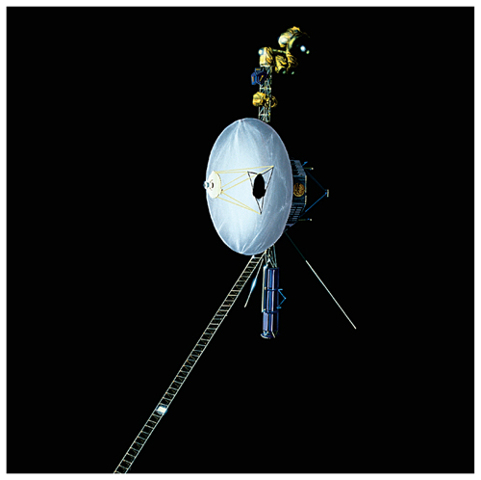

Atlas Photo Bank / Photo Researchers, Inc.
A. to be used as a lunar outpost
B. to be used as a research station
C. to explore planets up close
D. to transport astronauts
8. How is oxygen provided on a long space voyage?
A. by collecting molecules from space
B. by harnessing nuclear reactions
C. by passing electricity through water
D. by recycling carbon dioxide
Interpret Graphics
9. Identify The photo below shows the International Space Station. What purpose doesthe part labeled X serve?
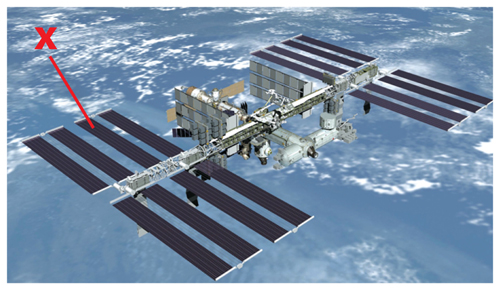

NASA
10. Summarize Copy and fill in the graphic organizer below to summarize challenges forhumans traveling in space.
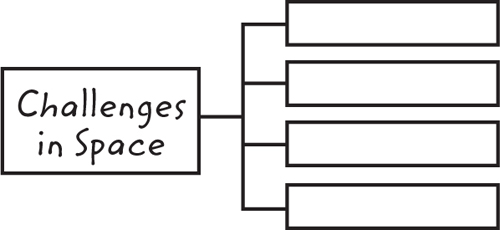

Critical Thinking
11. Imagine you are an astronaut on a year-long voyage. How would your life bedifferent from your life on Earth? What kind of accommodations would you have tomake? How would it be the same?
12. Evaluate the following statement: Astronauts in orbit are weightless because theyare so far from Earth’s surface.
13. Explain why solar radiation is a challenge for astronauts traveling in space.
14. Deduce why the International Space Station is being assembled in space and not onEarth.
Writing in Science
15. You are an astronaut on the International Space Station. Write a letter of at least sixlines to your best friend describing some of the challenges you face on the ISS.
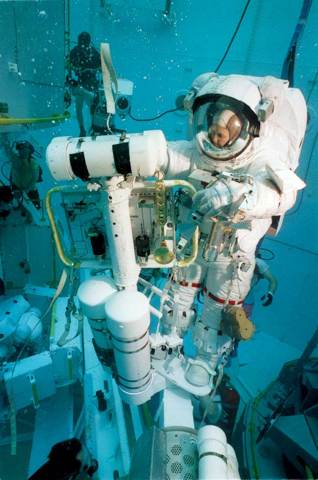
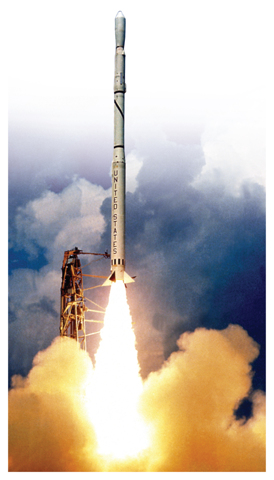
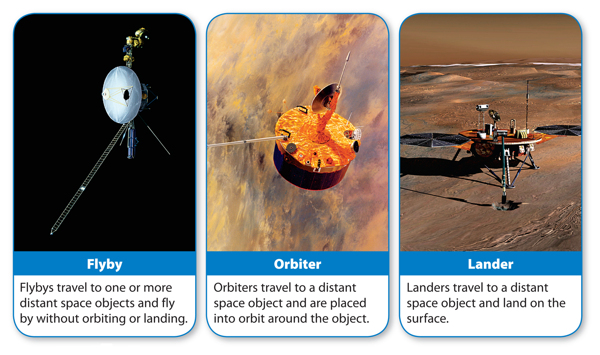
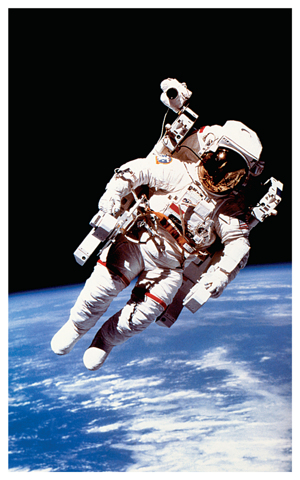
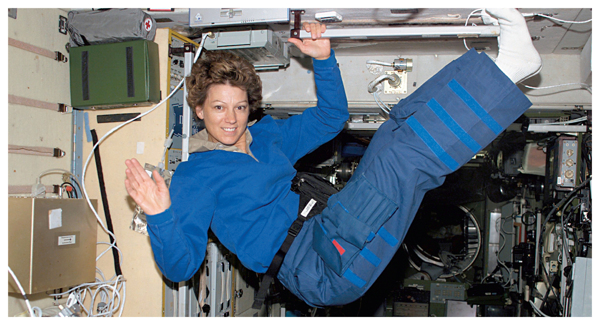
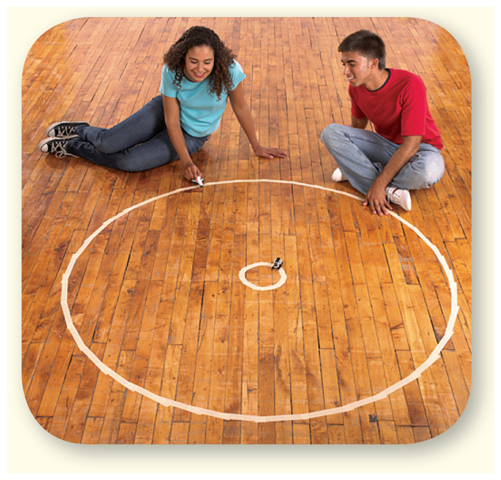
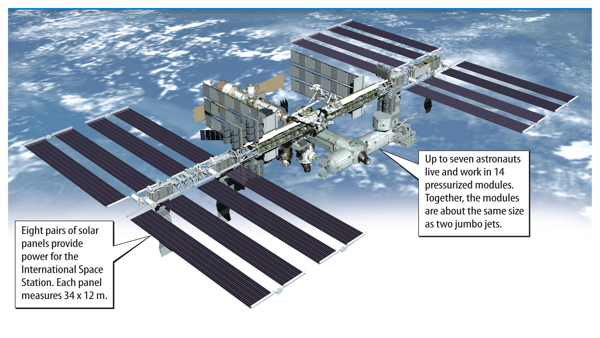
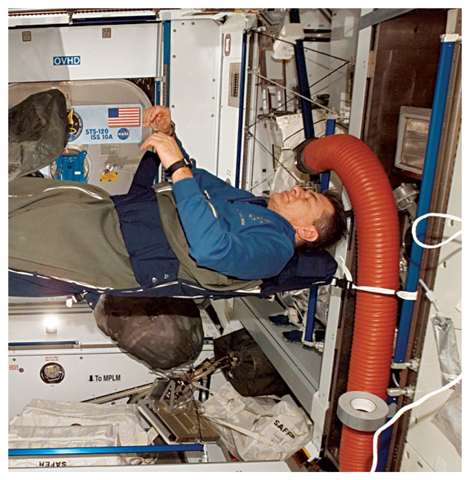
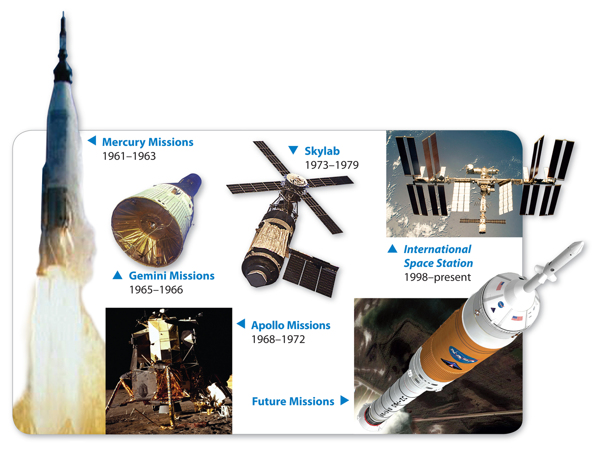
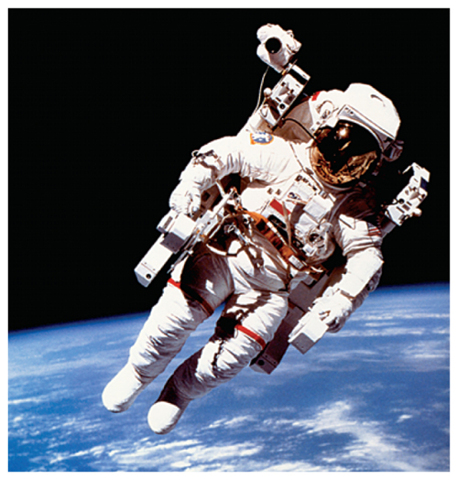
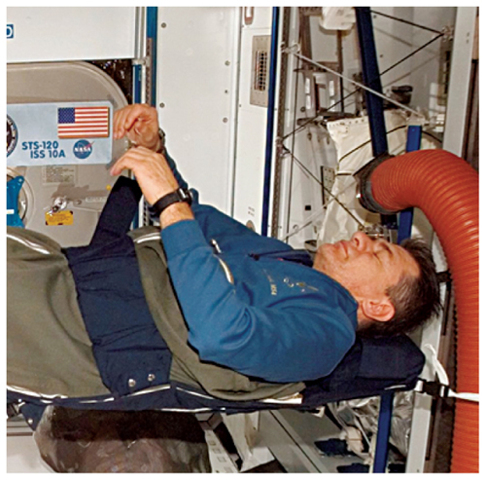
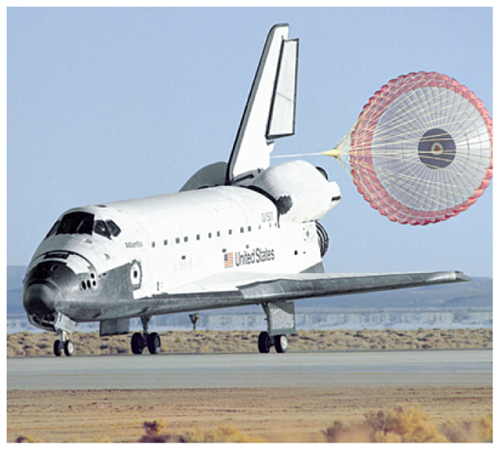
No comments:
Post a Comment